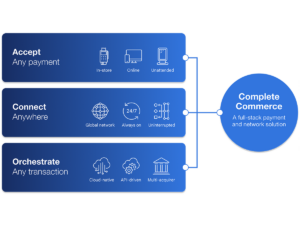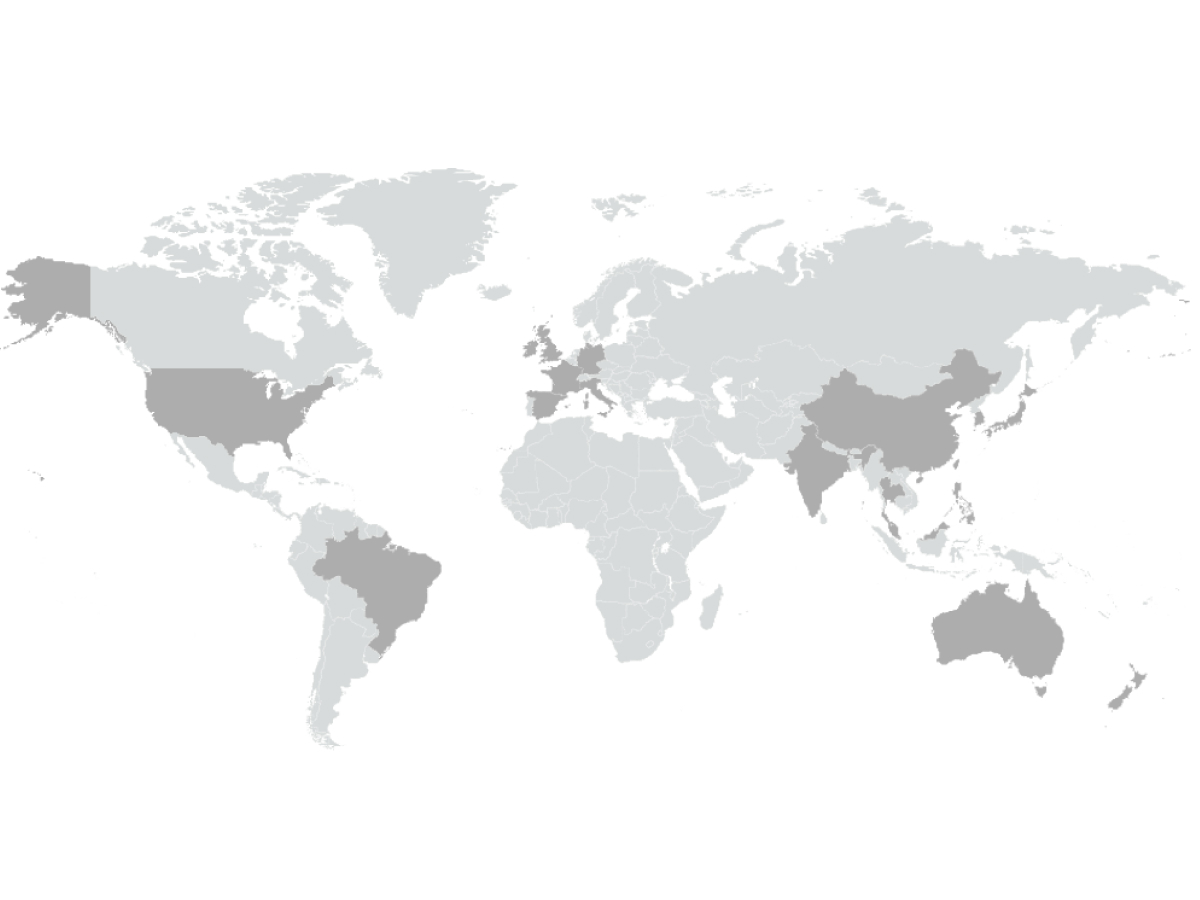With global time zones and global exchanges there is always a market open somewhere around the world. This blog will look at both the advantages and disadvantages for traders, including pre and post market trading sessions and how technology can help efficiency and returns.
As the opening bell sounds on stock market floors around the world this signifies that the day’s trading has begun, yet the time that trading begins and ends varies greatly dependent on where you are in the world. Trading hours are typically Monday through Friday 9:30 am to 4 pm, with the exception of foreign exchange (forex) markets that typically operate 24-hours a day; however, some markets like the Asian ones, tend to close earlier at around 3:30-4 pm and also close for a lunch break. Others like Brazil and Argentina don’t begin trading until 10 and 11 am respectively and hours can also be subject to change like Chile’s Santiago Stock Exchange which changes its trading hours during the summer months, extending its closing time from 4 pm to 5 pm to maximize trading volumes.
We are seeing more exchanges offer longer trading hours like India’s INX exchange which trades for 22-hours a day. These longer sessions improve access for overseas investors and have also brought the exchange huge growth in daily turnover and trading volumes.
The Tokyo stock exchange is also planning to extend its trading hours to bring them more in line with their competition and to benefit investors in European and US time zones and Canada’s TMX group (X.TO), which operates the Toronto Stock Exchange, the TSX Venture Exchange and the Montreal Exchange is seeing to attract more Asian derivatives investors to boost the share of its overall revenues from outside the country.
The time zone you reside in can have a big impact on your trading strategy and you need to understand market dynamics at different times of the day. London traders, for example, have the advantage of their working day overlapping with some of the other major financial markets like the US, Europe and parts of Asia, although this does alter throughout the year.
For US traders even trading across the continent presents problems as traders in San Francisco start their day at 6:30 am to catch the opening of the New York Stock Exchange (NYSE); and consequently, if they want to trade in the early trading session at 7 am Eastern Time they would need to be active at 4 am Pacific Time.
And traders in London and New York benefit from overlapping trading hours as it offers more market liquidity and a lower bid/ask spread.
Trading outside of the regular hours is also an option and most exchanges offer pre and post market trading sessions like the early trading session at the NYSE. After hours trading sees orders processed electronically while the trading floor is closed. This allows investors to continue to trade and can provide opportunities before and after normal trading hours.
Since major events often affect trading, extended hours enable investors to respond quickly. In addition, company earnings reports are often released after the close of trading or at the end of the business day. Regardless of the scenario, out-of-hours trading brings flexibility to an investor’s strategy.
Out-of-hours trading can work in your favor, but there can also be substantial risks to consider. There will be significantly lower trading volumes in the extended hours and the supply and demand aspects also change as there are fewer market participants making it more difficult to achieve a competitive price.
The lower trading volume can lead to increased risk and volatility and the lack of liquidity can make it more difficult to execute some of your trades. In addition, prices can change in these extended hours and may not reflect the next day’s opening price and you may see greater price fluctuations than in normal trading hours. As there is limited liquidity for most stocks this can create a much wider bid/ask spread than in usual opening hours.
As stock market trading is round the clock, 24×7, before you dive into changing your trading strategy to benefit from time zone overlaps or after hours trading, it is worth talking with an expert like TNS that has deep expertise in the financial markets and Network Operation Centers that monitor its solutions 24x7x365. Having local highly specialized personnel in every major financial center enables TNS to provide best in class service no matter what market you’re trading on and in what time zone you’re trading from.
TNS can also manage and build client environments of varying sizes and offers an extensive range of innovative feature-rich solutions, including managed hosting, global market data and resilient connectivity. Its global backbone has been engineered using the latest generation low latency network equipment offering the lowest possible latencies.
As investor demand increases for longer trading hours and as competition heats up, more and more exchanges will look to extend their trading hours. Keeping abreast of these developments and understanding time zone issues can help you understand when to trade to your best advantage and put you in the driver’s seat when formulating your trading strategy.
Jeff Mezger is Vice President of Product Management, at TNS with responsibility for its managed services for the financial industry. He oversees product development and strategy for market data, online and data center services.






